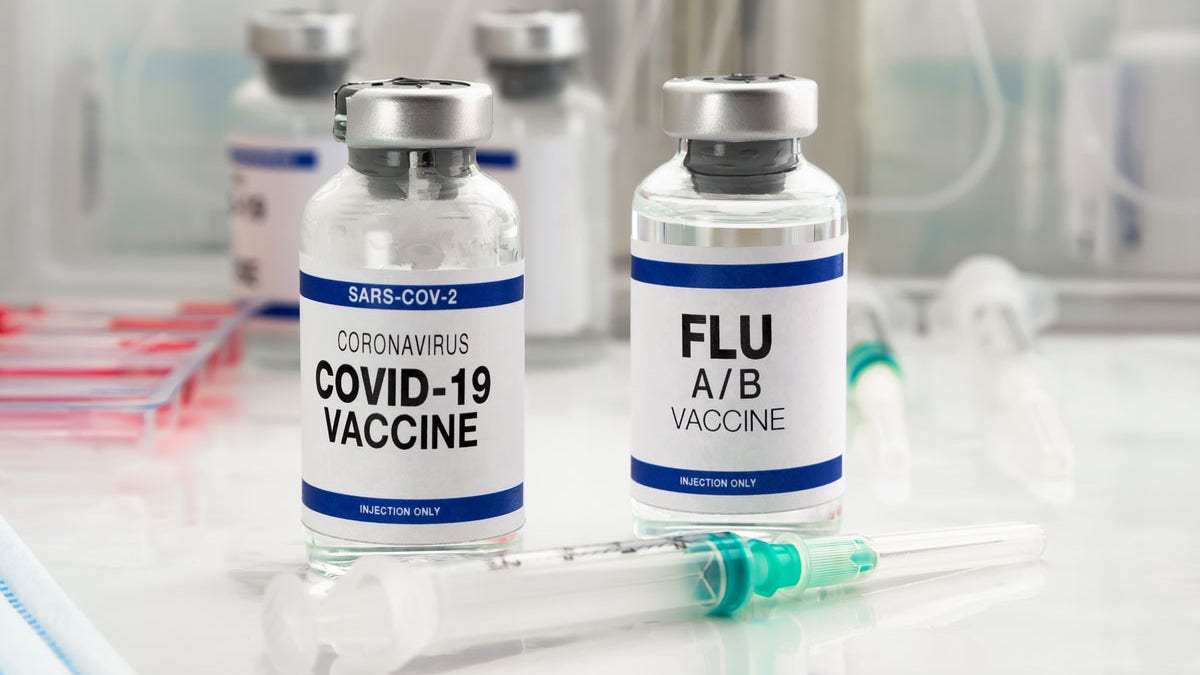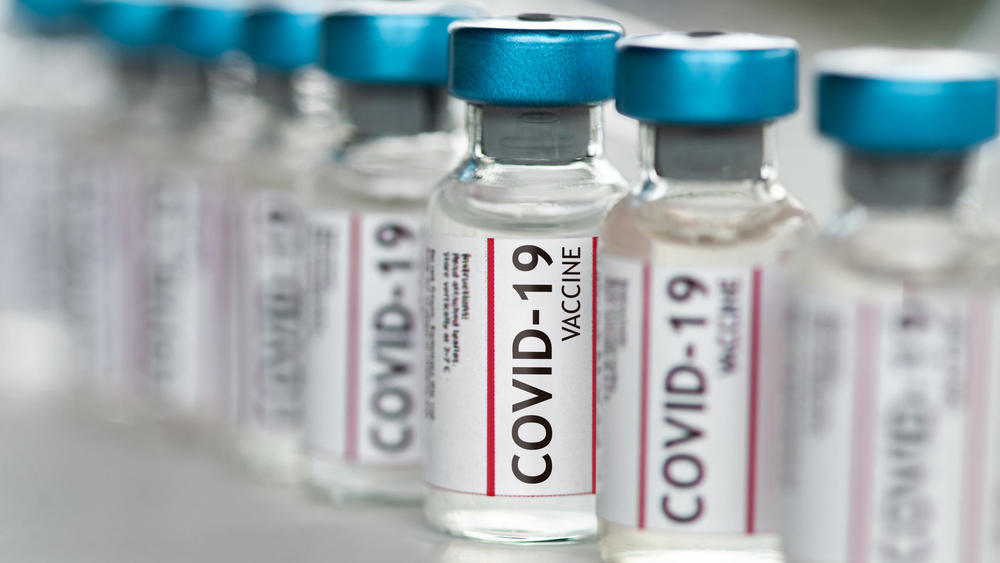They Want to Protect Their Families, But COVID-19 Vaccines Remain Out of Reach: Addressing Access Barriers
The desire to protect loved ones from the severe consequences of COVID-19 is a powerful motivator. Millions worldwide have sought vaccination to shield their families, particularly vulnerable members like the elderly, immunocompromised, or those with pre-existing conditions. However, for a significant segment of the population, this seemingly simple act of responsibility is fraught with challenges. Despite the widespread availability of COVID-19 vaccines in many regions, access remains a significant hurdle for certain communities, leaving families vulnerable and frustrated. This article explores the multifaceted barriers hindering access to COVID-19 vaccines and examines the consequences for families striving to protect themselves.
Understanding the Barriers to COVID-19 Vaccine Access
While vaccine hesitancy plays a role in some communities, a substantial portion of unvaccinated individuals actively desire vaccination but face systemic obstacles preventing them from doing so. These barriers are often complex and intertwined, reflecting pre-existing inequalities within healthcare systems and society.
Geographical Limitations: The Rural-Urban Divide
- Distance to Vaccination Sites: Individuals residing in rural areas often face significant travel distances to reach vaccination clinics or pharmacies. This can be particularly challenging for those without reliable transportation or who have mobility issues.
- Limited Infrastructure: Rural areas may lack the necessary infrastructure to support vaccine storage and administration, limiting the availability of vaccines and the frequency of vaccination opportunities.
- Reduced Healthcare Resources: Rural communities often have fewer healthcare providers and limited access to medical information, making it harder to stay informed about vaccine availability and benefits.
Socioeconomic Disparities: A Question of Resources
- Lack of Transportation: Low-income individuals may not own a vehicle or have access to reliable public transportation, making it difficult to reach vaccination sites.
- Lost Wages: Taking time off work to get vaccinated can result in lost wages, particularly for hourly workers or those without paid sick leave. This financial burden can deter individuals from seeking vaccination.
- Language Barriers: Non-English speakers may face challenges navigating the vaccination process, understanding instructions, and accessing reliable information about the vaccines.
- Digital Divide: Online appointment scheduling is often a prerequisite for vaccination, but individuals without internet access or computer literacy may be excluded from the process.
Information Gaps and Mistrust: Addressing Misinformation
- Misinformation and Disinformation: The spread of false or misleading information about COVID-19 vaccines can create fear and distrust, leading individuals to delay or forgo vaccination.
- Lack of Culturally Competent Information: Information about vaccines may not be available in languages or formats that are accessible and culturally relevant to diverse communities.
- Historical Mistrust of the Healthcare System: In some communities, historical experiences of discrimination and unethical medical practices have eroded trust in the healthcare system, making individuals hesitant to receive vaccinations.
The Consequences of Limited Access on Families
The inability to access COVID-19 vaccines has profound consequences for families, extending beyond individual health risks.
- Increased Risk of Infection and Severe Illness: Unvaccinated individuals are at a significantly higher risk of contracting COVID-19 and experiencing severe illness, hospitalization, and death, especially with the emergence of new variants.
- Strain on Healthcare Systems: Higher rates of infection among unvaccinated populations can overwhelm healthcare systems, leading to shortages of beds, staff, and resources.
- Disrupted Family Life: Illness and hospitalization due to COVID-19 can disrupt family life, leading to financial hardship, emotional distress, and caregiver burnout.
- Educational Disruption: Children living in households with unvaccinated individuals may be at a higher risk of contracting COVID-19, leading to school closures and disruptions in their education.
- Exacerbation of Existing Inequalities: Limited access to vaccines disproportionately affects vulnerable populations, further widening existing health and socioeconomic disparities.
Moving Forward: Strategies to Improve Vaccine Access
Addressing the barriers to COVID-19 vaccine access requires a multi-pronged approach that prioritizes equity and community engagement.
- Mobile Vaccination Clinics: Deploying mobile vaccination clinics to underserved communities can bring vaccines directly to those who need them most.
- Community-Based Vaccination Events: Partnering with trusted community organizations to host vaccination events can increase uptake and address misinformation.
- Transportation Assistance: Providing free or subsidized transportation to vaccination sites can remove a significant barrier for low-income individuals.
- Language Access Services: Offering translation and interpretation services at vaccination sites can ensure that non-English speakers can access and understand information about the vaccines.
- Community Health Workers: Engaging community health workers to provide education, outreach, and support can build trust and address vaccine hesitancy.
- Simplifying Appointment Scheduling: Making it easier to schedule appointments online or by phone can improve access for individuals with limited digital literacy.
Conclusion: Protecting Families Requires Equitable Access
The desire to protect family is a fundamental human instinct. Ensuring equitable access to COVID-19 vaccines is crucial for safeguarding the health and well-being of families across all communities. By addressing the barriers that prevent individuals from getting vaccinated, we can reduce the risk of infection, protect our healthcare systems, and build a healthier, more resilient society for all. Addressing these challenges requires a concerted effort from policymakers, healthcare providers, community organizations, and individuals working together to ensure that everyone has the opportunity to protect their loved ones.
Frequently Asked Questions (FAQs)
Q1: Why are some people still having trouble getting COVID-19 vaccines when they are widely available?
A1: While vaccines are generally available, barriers such as geographical distance, lack of transportation, socioeconomic factors, language barriers, and mistrust of the healthcare system can significantly hinder access for certain populations.
Q2: What can I do if I know someone who wants to get vaccinated but is having trouble accessing the vaccine?
A2: You can help by offering transportation, assisting with appointment scheduling, providing translation services, sharing reliable information about the vaccines, and connecting them with community resources that can provide support.
Q3: How are mobile vaccination clinics helping to improve vaccine access?
A3: Mobile vaccination clinics bring vaccines directly to underserved communities, eliminating the need for individuals to travel long distances to vaccination sites. This is particularly beneficial for rural areas and communities with limited transportation options.
Q4: What role does misinformation play in limiting vaccine access?
A4: Misinformation and disinformation can create fear and distrust, leading individuals to delay or forgo vaccination. It’s important to rely on credible sources of information, such as public health agencies and healthcare professionals, to make informed decisions about vaccination.
Q5: What is being done to address the issue of vaccine hesitancy in communities with historical mistrust of the healthcare system?
A5: Building trust requires culturally competent communication, community engagement, and acknowledging past injustices. Partnering with trusted community leaders and organizations can help to address concerns and build confidence in the healthcare system.




